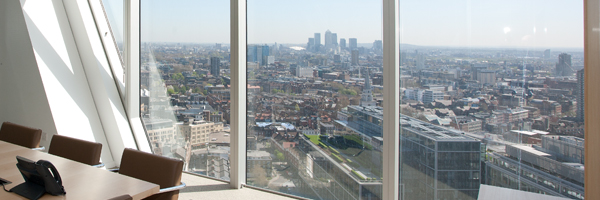 |
|---|
 |
|---|
The Challenge of Working Internationally in an Increasingly Global Economy TPG designer and travel enthusiast, Susanne Fox, LEED Green Associate, discusses overcoming the challenges of working abroad and how viewing design through a global lens can prove beneficial to architecture firms across the globe. DEVELOPING STRONG RELATIONSHIPS TPG's recent work with a multi-national Brazilian financial institution serves as a good example. To further establish its presence abroad, the client approached TPG with a vision of an international brand with understated elegance. Global, classic and contemporary describe the company's vision for its locations across the world. Transparency, openness and sustainability characterize the spaces. With a headquarter office in São Paulo defining the company's workplace culture, all new office designs were built to respond directly back to the original location's functions and aesthetics. Effective coordination with local builders, suppliers and consultants to protect and support the client's vision were key to success as the design came to fruition. The Project's Architect Ana Bandini emphasizes, " It's extremely important to have a reliable team before jumping on an international project. It would be nearly impossible to manage construction from a distance otherwise." Good relationships beget superb final products; they led to successful outcomes for the client's spaces in such diverse locations as London, Mexico City, Paris, Frankfurt, and New York City. FEELING AT HOME ANYWHERE IN THE WORLD Though more commonplace in other industries, open-plan offices and high levels of transparency are highly unusual for a South American bank. The concept has been revolutionary for the client's culture and, in practice, proven highly productive. This success has set a new workplace standard that many similar companies have begun to follow and proves the significance of the architect's diverse set of skills, technical know-how and seamless integration with multiple working parties near and far. Susanne Fox is a LEED accredited designer at TPG's New York City office. She earned her B.F.A. in Interior Design at Syracuse University. Susanne's interests in writing, design, and travel influence her designs, and give her a unique voice in the industry. |
|---|
| 2013 TPG Architecture, LLP |
|---|